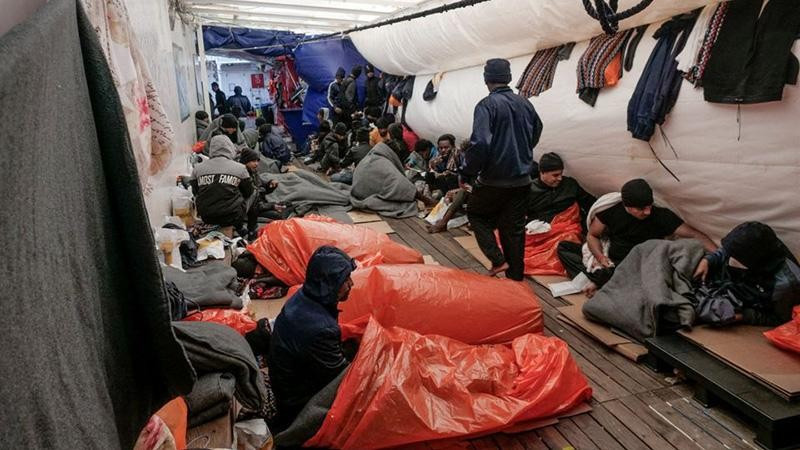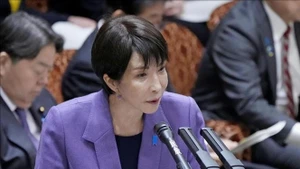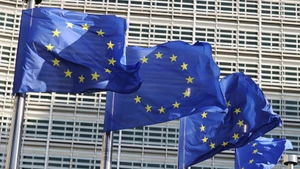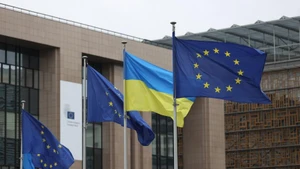Meanwhile, EU members are still struggling to find a common voice on the issue of which country is responsible for receiving, as well as the obligation of assisting migrants from neighbouring countries and partners.
Austria, Denmark, Estonia, Greece, Latvia, Lithuania, Malta and Slovakia, together called on the European Commission (EC) to further control the bloc's common borders, to prevent another large-scale migration crisis.
In a joint letter to EC President Ursula von der Leyen and European Council President Charles Michel, the eight member states outlined the reality of the influx of migrants with the current asylum applications, higher than the official figures during the migration crisis of 2015 and 2016. Therefore, the countries called on Europe to urgently come up with a common approach to all relevant migration routes.
Austrian Prime Minister Karl Nehammer has called for the EU to strengthen the construction of infrastructure with fences, to protect the borders outside Europe and give financial funds for this solution. Earlier, Prime Minister Nehammer called on the EU to provide 2 billion EUR to build a protection system, on the border between Bulgaria and Turkey.
The EU has spent about 6 billion EUR to protect the bloc's borders for the 2021-2027 period, however, some countries, including Austria, continue to call for more funds from Brussels, to strengthen barriers along the EU’s external borders, to limit the flow of refugees. The EC held the view that building walls and barbed wire fences are not an appropriate solution, although many officials said that if the EC pays for the installation of cameras and the construction of watchtowers and infrastructure along the borders, it will encourage countries to voluntarily deduct national budgets for the erection of barriers.
Austria is seen as a "voice" representing a growing number of member states calling for the EU to take a tougher approach to asylum-related policy. Meanwhile, Germany is one of the countries that highlighted the benefits of migration, as well as refusing to build hard barriers and does not want to pressure the origins of migrants, by the withdrawal of development aid or visas.
German Chancellor Olaf Scholz said that more and more EU members, including Germany, are depending on the labourers from migrants. The head of the German government noted that the agreement from the EU Council of Ministers on the rules for identifying migrants through biometric data is important for any form of reform of the European asylum system.
In a document released on February 10, at the 16-hour EU Summit, leaders of the Blue Flag Union jointly highlighted the rise in illegal immigration, as a challenge for the EU, which requires a continent-wide response.
Agreeing on stricter rules to control illegal migrants, the countries pledged to allow one country in the bloc to use a court ruling in another member state, to deport illegal immigrants returning to their countries of origin. This is expected to prevent migrants from going to another country to seek asylum after being rejected by the first country.
EU leaders said there is still a lot of work to do, as the flow of migrants continues to head towards Europe. According to Italian Prime Minister Giorgia Meloni, the only possible commitment that is based on financial resources to implement all measures, from border control to combating human trafficking, to building humanitarian corridors and support on investment, education, training, business and employment in poor countries, can effectively address the root causes of migration.
















